Lessons From the Dark Underworld of Branding
Branding is nothing more than a nice luxury for really successful businesses that can afford useless shiny accessories. Nothing really ever gets accomplished through it except for having a fancy and frighteningly expensive logo and a color palette that sees as much respect as a belligerent drunk at a city council meeting: “Thank you sir, we will have the sheriff look into the midnight duck fight club that you claim to have witnessed by the pond.”
While I probably just made many branding expert’s eyes bleed, if not pop out of their sockets, this is still a worryingly common point of view for small business owners. There are a few layers to this phenomenon, but for the purpose of clarity I want to dive into a unique case study.
Just in case you have been living under a rock for the past… 4 years, let me put you up to date: too much has happened, you can cut the tension in the room with a dull, rusty butter knife. Social tensions about rights, equality, wealth, and theology have been boiling over and there have been strong clashes between factions. We are seeing a good number of fringe movements making the leap towards mainstream.
Setting aside our opinion about the principals, and purpose of political movements; they are an extraordinarily powerful tool for learning about the extent to which branding can propel an organization. I am going to focus on one specific movement that caught my attention recently: there is a certain theory that is being deemed as great going around about a certain replacement (I don’t want to get flagged). I want to look at the brand, not the idea. It doesn’t matter what I believe, think or feel about its beliefs; as a marketing and branding professional I see that it is wildly successful as a brand. Why? How?
I watched a report about a nationalist movement based out of France that embarked on a few of “hands on” campaigns to stop refugees from crossing the country’s borders. In one of the occasions, where they chartered a vessel in the Mediterranean to harass NGOs that assist African refugees, they ended up having to be rescued by one of the very NGOs that they set out to harass; achieving zero interventions. On another one they set out to the Alps bordering Italy to make a human blockade, once again, questionable about how many refugees were stopped. And a similar one in the Pyrenees with similar results. A lot of people rejoiced that their missions apparently had failed, but from a marketing perspective it is very clear that the goal was never to stop a single refugee and that they had in fact been excruciatingly successful; the goal was to create branded content that would accomplish two things: to put a face on their why, and to draw in followers.
An important part of the initiative for this movement has been to make itself look less extremist and more “approachable”. The visual identity of the movement has been crucial for its growth, being able to attract a larger and broader audience. They used these events to showcase that it is no longer violent, uneducated, dysfunctional and unsuccessful people that believe the message; but that it is clean cut, attractive, successful, educated young people who share this belief and unite because of it.
Most people don’t want to be categorized as unsuccessful; therefore it was not common to see people openly embrace the ideology a number of years back, but now that the ideology has been rebranded, it is not uncommon to see people that “we wouldn’t expect” to openly embrace it. On top of this, there is a graphic identity: infographics, typography, and color scheme that makes it instantly recognizable.
And here is where we hit the meat of the lesson: branding is commonly viewed as the graphics, and nothing beyond it. And I agree with the assertion that by themselves, their reach is limited; no one is going to join a movement because of a color palette: “you know, flamingo pink, butterfly yellow and cobalt blue just really represent me.” It might turn a few heads here and there but not much beyond that. Branding is primarily done by the people around our brand; “I want to buy a european luxury car because I want to be more like those guys who I see driving them.” Human nature is social, we want to belong, and we strive to be part of a community that represents our definition of success; physical attributes are a guiding factor.
It is just as important to define our brand’s purpose as it is to show who our brand is, that is what our community looks like. While our businesses will most likely not be violently facing off against others, if you’re looking for a bare knuckle street brawl to defend the sanctity of almond milk over whole milk… you should seek some help… professional help, sooner than later; they are standing for a belief: principles and a purpose. And as we can see from the success that rebranding an idea, not changing it, but simply showing a different face, has on its reach; we cannot neglect the power of the human element in branding.
Interestingly enough, the brands that many of these small business owners point to when you ask them what they want to accomplish, are the ones setting the standards for branding; the likes of Mercedes, Jeep, Pepsi, Coca-Cola, Adidas, Nike amongst others. All of us can point out the Jeep guy or the Nike gal; and that is no coincidence.

